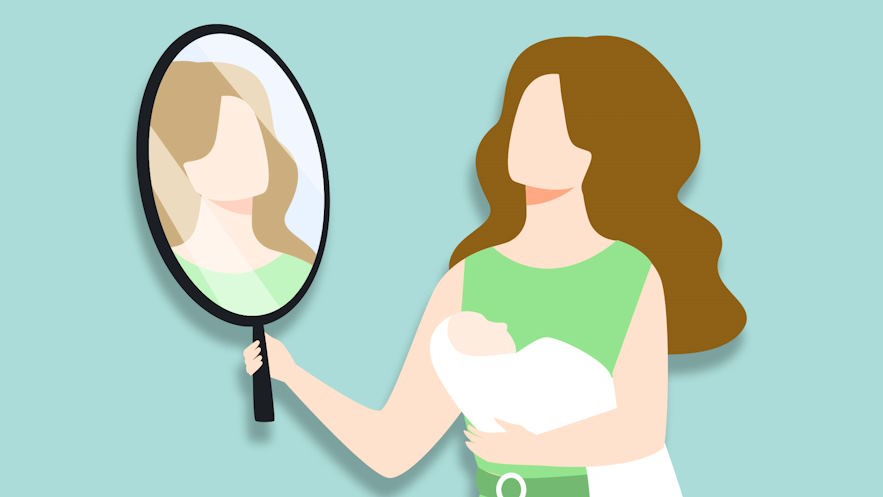
The journey through pregnancy and childbirth is a remarkable and transformative experience for any woman. Amidst the joy and challenges that come with welcoming a new life, there are numerous changes that extend beyond the realm of motherhood. One of these changes, often unexpected yet entirely natural, is the postpartum transformation of hair. The hormonal shifts that accompany pregnancy and childbirth can lead to a range of alterations in hair texture, density, and even color.
Tips for Managing Postpartum Hair Loss
Adopting a Healthy Diet for Hair Nourishment
Nourishing your hair begins from within. As your body recovers from the rigors of pregnancy and childbirth, providing it with essential nutrients is crucial for promoting healthy hair growth. Incorporate foods rich in vitamins like A, C, and E, as well as biotin and omega-3 fatty acids. Leafy greens, eggs, nuts, and fish can all contribute to stronger hair strands and overall hair health.
Gentle Hair Care Routines to Minimize Stress on Hair
Transitioning to a gentler hair care routine can make a significant difference during the postpartum period. Opt for sulfate-free shampoos and conditioners to prevent excessive drying. Avoid aggressive brushing or combing, and use wide-toothed combs to detangle. Pat your hair dry gently instead of rubbing, and consider air-drying instead of using high heat.
Using Suitable Hair Products to Promote Hair Health
Choose hair products designed to nourish and strengthen your hair. Look for those containing ingredients like keratin, collagen, and biotin. Avoid products with harsh chemicals that can strip your hair of its natural oils and exacerbate hair loss.

Hair Styling and Postpartum Changes
Hairstyles That Are Convenient for New Mothers
As a new mother, convenience becomes a top priority, especially when it comes to hairstyling. Embrace low-maintenance hairstyles that suit your busy lifestyle. Simple options like a messy bun, a loose ponytail, or a chic headband can keep your hair out of your way while tending to your little one.
Avoiding Tight Hairstyles That Strain the Hair
While it might be tempting to pull your hair back tightly, postpartum hair is often more fragile due to hormonal changes. Avoid tight hairstyles like high ponytails or intricate braids that can strain the hair and potentially lead to breakage. Opt for looser styles to minimize stress on your strands.
Using Accessories to Manage Hair During the Regrowth Phase
Regrowth can bring about a mix of textures and lengths that might be challenging to style. Embrace hair accessories like clips, headbands, and scarves to add flair to your look while keeping any unruly strands in check. These accessories not only offer functionality but also allow you to express your personal style.

Dealing with Texture and Color Changes
Exploring Changes in Hair Texture
Postpartum hormonal shifts can bring about surprising changes in your hair’s texture. If you’ve noticed that your once-straight hair has become wavy or vice versa, rest assured that this is a common occurrence. Embrace these changes by experimenting with new styles that highlight your hair’s natural texture. Use styling products that enhance your newfound waves or curls for a fresh and effortless look.
Addressing Changes in Hair Color or Graying
It’s not uncommon for some women to notice changes in hair color after pregnancy. Sometimes, the stress of new motherhood can accelerate the appearance of gray hairs. While it might be tempting to pluck them, consider more permanent solutions like gentle hair dye or highlights to blend them seamlessly with your natural color.
Safe Options for Color Treatment While Breastfeeding
If you’re breastfeeding, you might be concerned about using hair dye. Opt for ammonia-free and low-chemical color options that are generally considered safe during this phase. Consult your healthcare provider for personalized advice, and consider waiting until after the first trimester to minimize potential risks.


